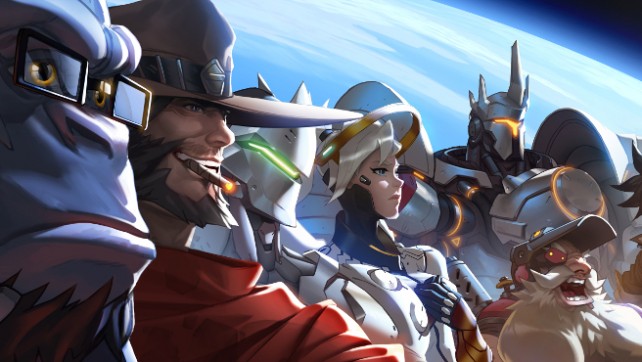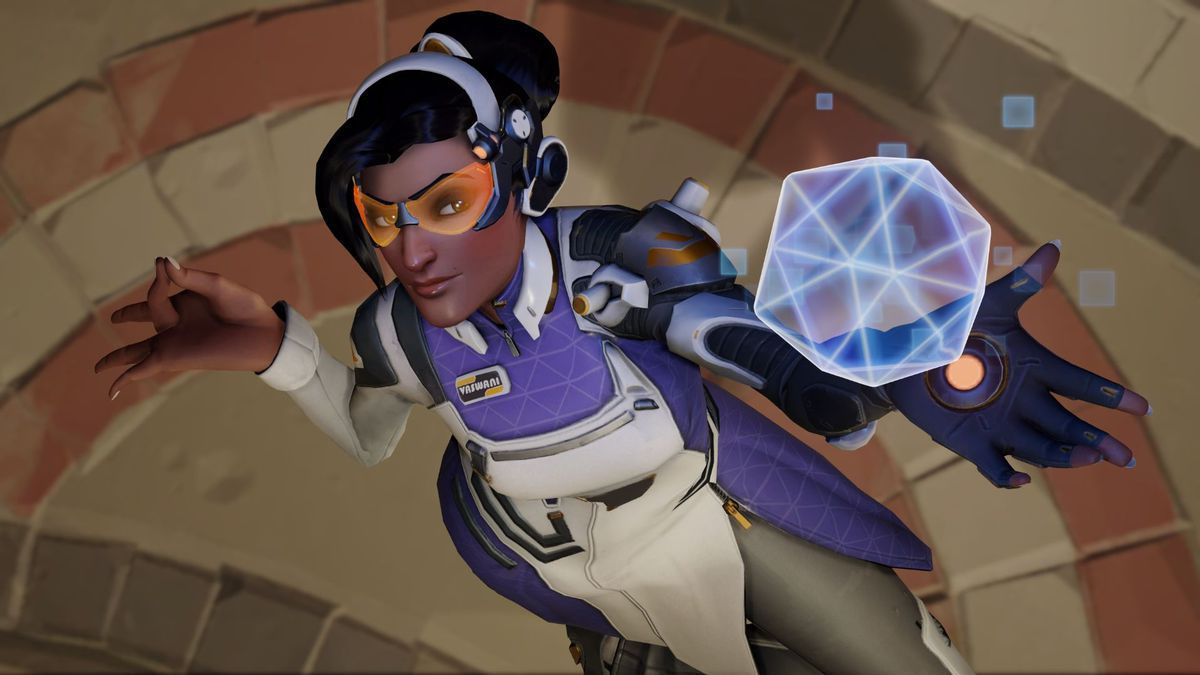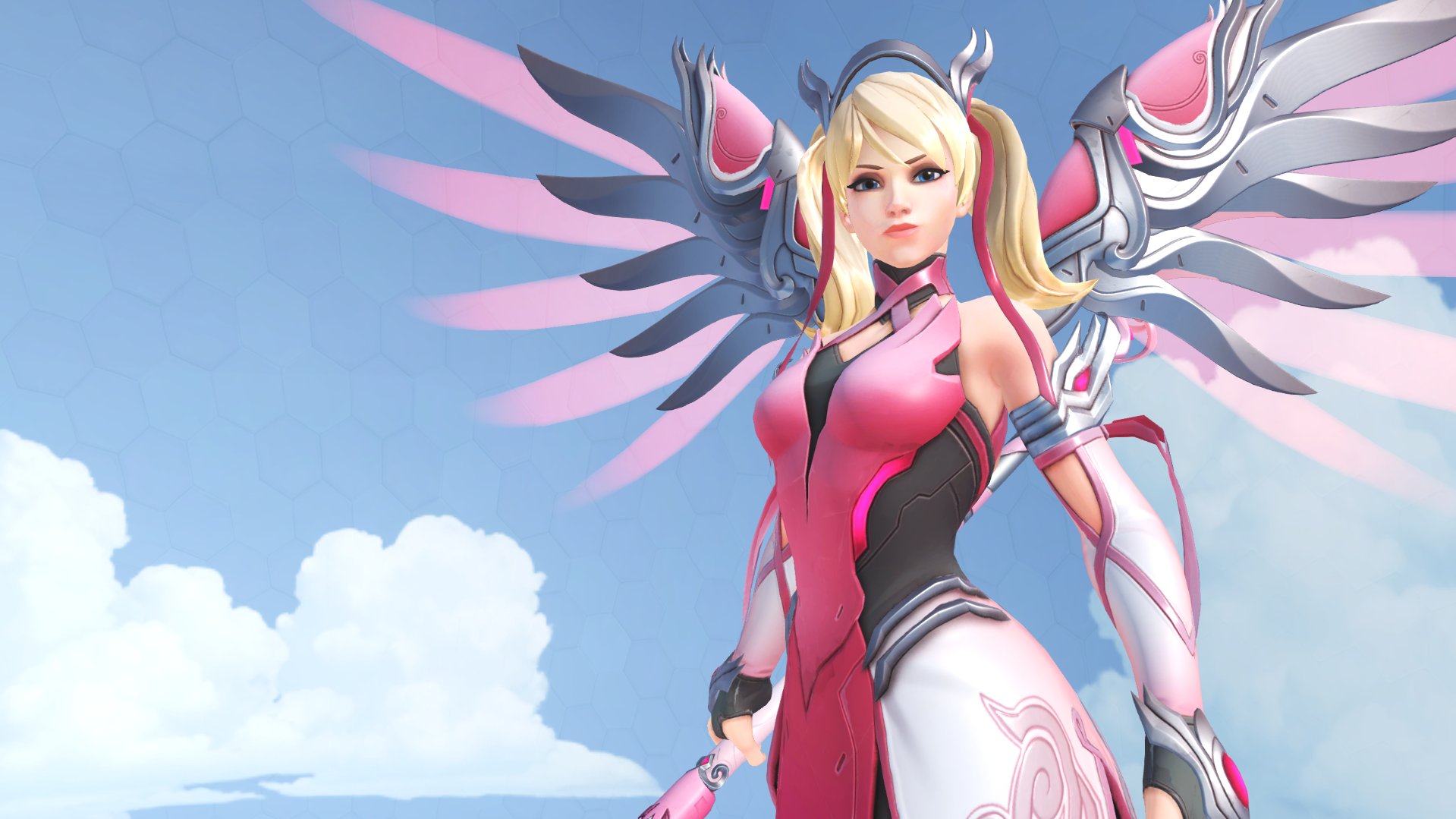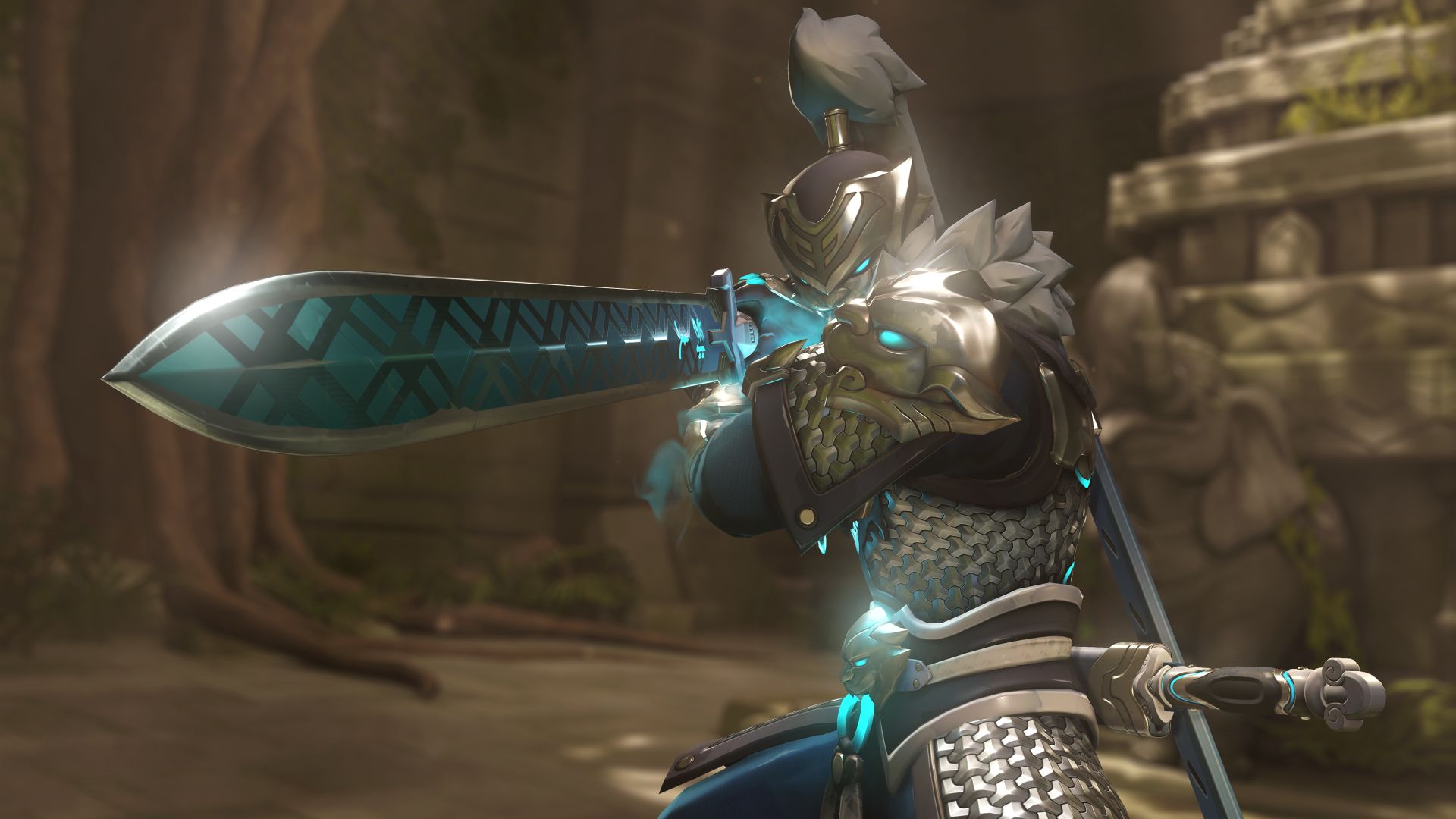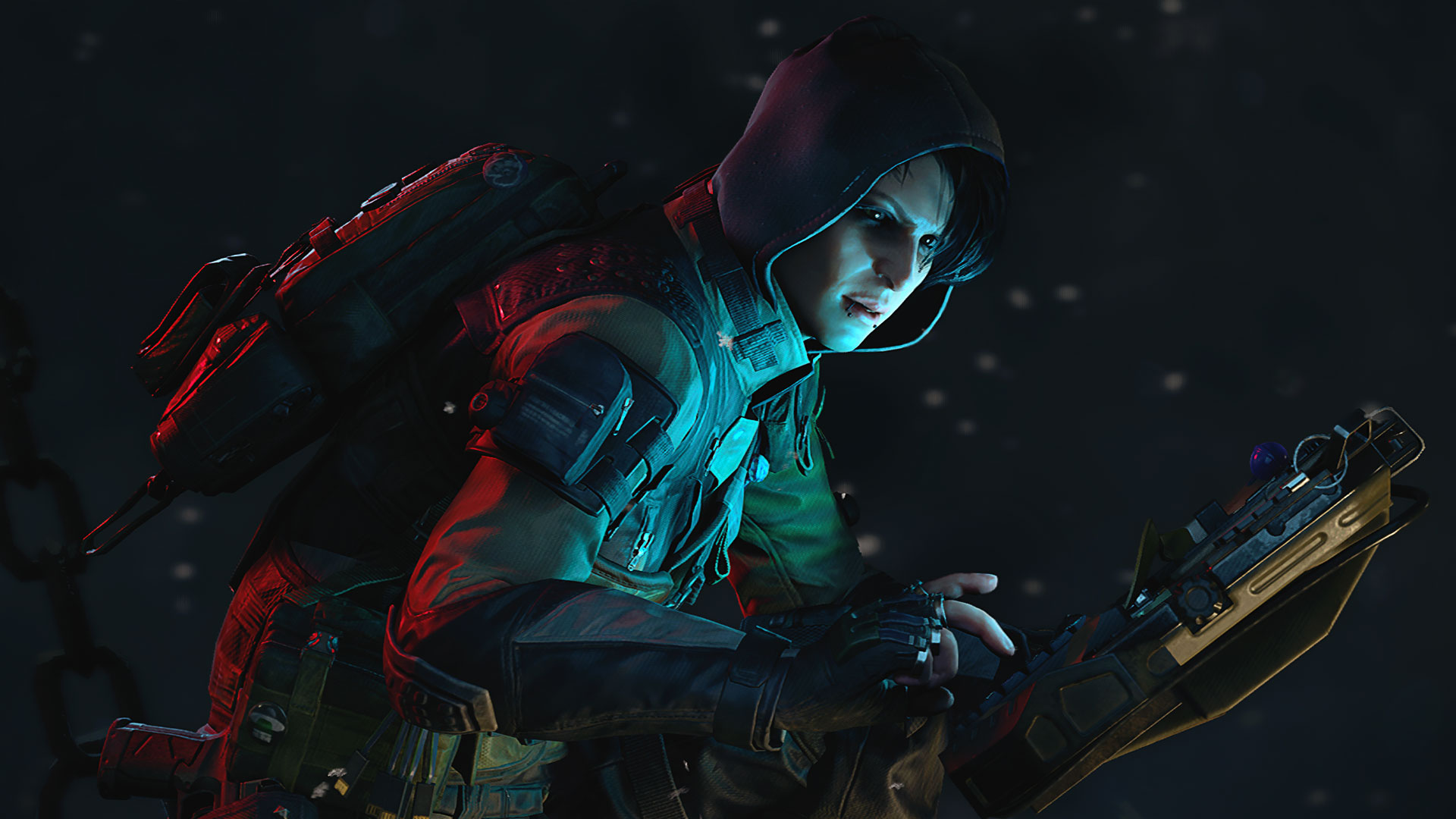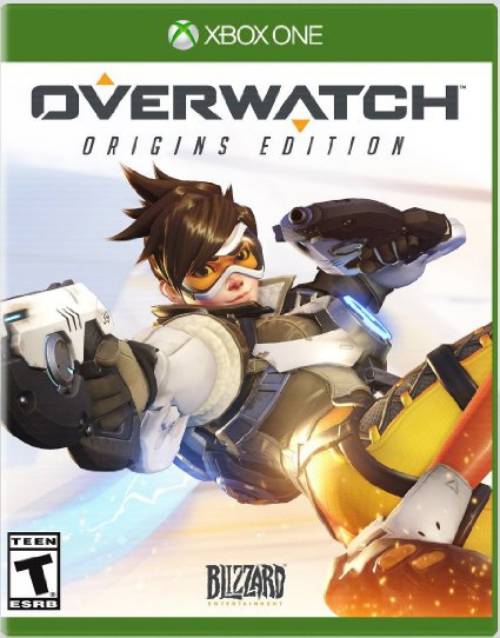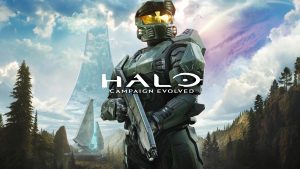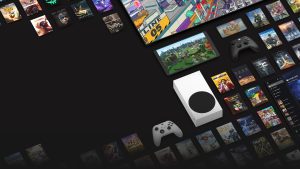
When Blizzard Entertainment first revealed Overwatch in 2014 with a CG trailer and – stop the presses – gameplay, we knew it was something special. Even if it was the company’s first IP in years, Overwatch retained that signature Blizzard charm that instantly connected with fans. The gorgeous aesthetic and colourful art-style that was effortlessly sleek; an intriguing premise and setting with a rallying call for heroes; and the mysterious gameplay possibilities had us hooked. Though Overwatch was confirmed to be a team-based multiplayer shooter, that – along with the limited availability of closed beta invites – did little to deter us from investing in its world and characters.
It’s amazing how much of that optimistic, innocent charm has worn off over time.
"And yet, if you talk to long-time players, the same complaints seem to crop up as much now as they did a year ago. Balance patches are considered poorly handled."
Fast forward to 2018. Overwatch is more than just a pretty cinematic trailer or closed beta test. It’s played by tens of million of people. The game forms the foundation of a successful e-Sports league, one that’s relatively young but viewed by a myriad of people on Twitch, Disney, ESPN, YouTube, and so on. In fact, that same league has expanded to include eight new teams, each buying in for millions of dollars. It’s not enough to say that Overwatch has changed – Blizzard’s handling of it has also undergone changes in line with the game’s growth.
And yet, if you talk to long-time players, the same complaints seem to crop up as much now as they did a year ago. Balance patches are considered poorly handled. Players point to the dominance of heroes like Mercy, Sombra, Hanzo, Brigitte and many more as prime examples of how some balance passes overwhelmingly render a hero “meta” as soon as they go live. Certain metas have also become the bane of players’ existence with triple-support and triple-tank being the most recent.
When director Jeff Kaplan and his team do implement changes, they’re met with some range of skepticism at to the overall goal. Look no further than the recent Public Test Realm patch which nerfs armour (crucial to all tanks), D.Va (the bane of hitscan players) and Brigitte (a steady armour supplier) while simultaneously buffing Reaper to have more life sustain. It’s not all that different from when Tracer’s Pulse Bomb was nerfed at the same time Brigitte was first introduced, the latter serving as a hard counter for the former.
"However, there’s still no denying that in terms of monetization, Overwatch is a bit of an anomaly."
This isn’t even taking into account all the problem with Competitive Play. Overwatch League may represent the game’s pinnacle form in terms of team play, strategy and meta comps but the actual ranked ladder mode is a mess. Leavers, throwers, one-tricks, lack of role-queue, skewed matchmaking, abusive players, private profiles – you name it and Competitive Play has developed a reputation for the same. Toxicity in online games is nothing new but when the key gateway to how the game should be played at the highest level is plagued with these issues for such a long period of time, something’s gotta give.
It’s not like Overwatch is dying or anything. Sure, Blizzard hasn’t really delivered much in the way of new content for its seasonal events (aside from new cosmetics in loot boxes). But it’s still offered new heroes and maps, completely free of charge. With loot boxes seemingly being clamped down on throughout the industry, where does Overwatch go from here in terms of monetization? Blizzard itself is looking at costing costs, as recent reports by Kotaku’s Jason Schreier have indicated, and it may not be long before an Overwatch mobile game releases to rake in some more cash. Then there’s the Overwatch League skins which require direct purchasing for league skins.
However, there’s still no denying that in terms of monetization, Overwatch is a bit of an anomaly. One could look at its loot box system and criticize it as a sham or borderline gambling. Compared to games like Call of Duty: Black Ops 4, published by Blizzard’s partner Activision, Overwatch still seems fairly tame. While Treyarch does quite a bit to update Black Ops 4, making its latest Specialist free, adding map new sections to Blackout and offering numerous fixes, weapon balance changes and so on, it’s interesting to look at the content created and the amount of monetization avenues present in the game. There’s the base game price, Call of Duty Points (purchasable with real money), Special Orders (purchasable with COD Points), Tier Skips (though free skips are offered on a daily basis) and a Season Pass with additional content.
"Where does it go from here? How can it grow further, at least from an investor’s point of view?"
In comparison, Overwatch has two sources of on-going monetization: Loot boxes and League skins. You may see the odd Pink Mercy skin which can be purchased directly with real money but those proceeds went towards cancer research.
The point of all this is that Overwatch, judging by the current state of several core features, the growing demands of its e-Sports league and the limited number of monetization sources, seems to be in somewhat of a stagnant position. Where does it go from here? How can it grow further, at least from an investor’s point of view?
As Wedbush Securities analyst Michael Pachter predicted in a recent GamesIndustry.biz feature, free to play might be the answer. This comes in the wake of the Overwatch League expanding to include eight new teams for a total of 20 in Season 2. Pachter feels that team owners “have been assured by Blizzard that it will expand the audience for Overwatch. The most expedient way to do this is to make the core game free-to-play in order to attract tens of millions of new users, who ostensibly will convert to OWL viewers.”
Pachter expects this change to go live in mid-June. Those who put down money for the game are likely to be consoled with exclusive skins and other cosmetics, as per the analyst. Now, Pachter does get two key details wrong in his prediction – the current number of OWL teams and the anniversary date of the original game which was in May 2016, not mid-June. There’s also no guarantee that this happens – in a separate prediction, Pachter talks about The Elder Scrolls 6 launching in 2019 while simultaneously pointing out that he predicted a release in 2016 and 2017.
"So from an investor point of view, why not make the game free-to-play? It would inject a ton of new blood into the experience."
Still, the reasoning behind Overwatch going free to play seems sound. If not in the coming months, then at some point in the long-term.
Think about it – the development team at Blizzard is currently working on new maps, new heroes, new features (like a match viewer within the game client), balance patches, bug fixes, new modes, seasonal events (even if 2018’s events supplied largely the same content we’ve seen before), map changes and adjustments, hero reworks, cinematics, comics, new cosmetics, new voicelines, new Overwatch League cosmetics and much, much more. It’s also doing a lot behind the scenes, managing the production of Overwatch League and ensuring the game’s continued smooth running. When servers face issues, Blizzard is very quick to answer. Game-breaking bugs are hit or miss but some of the worst offending bugs – like the recent spawn issues in Blizzard World – were addressed very quickly.
So from an investor point of view, why not make the game free-to-play? It would inject a ton of new blood into the experience. The promise of rewards for veteran players would entice them to come back as well. The real obstacle is monetization. Yes, this provides a pretty good incentive to remove loot boxes and their random RNG in favour of direct purchases. It also probably incentivizes the current hot trend of Battle Passes, allowing players to pay some money each season and earn a range of new cosmetics with each tier gained. Heck, Blizzard could pull an Activision and have both – a Battle Pass that provides guaranteed cosmetics upon leveling up and RNG drops from loot boxes. Double the leveling, double the fun?
"If Overwatch went free to play and adopted new monetization models for a more consistent stream of revenue, it seems a given that more resources would be required for its development."
In a way, this would also solve the issue of how to add new heroes. Said heroes could be tied to the Battle Pass and earned at level 1, much like Zero from Black Ops 4. The key issue to keep in mind is that the Battle Pass for Black Ops 4 is free and so was Zero by extension. Will players, especially those who have already paid $40 to $60 for Overwatch besides some cash on cosmetics per seasonal event, put down money on a regular basis for new heroes? Free to play players might not mind all that much but it does raise balance and competitive concerns for the future. Imagine a purchasable hero that gets buffed and only those who own it can benefit. This could lead to accusations of Blizzard trying to buff certain heroes to incentivize spending on them.
There are a number of different ways for Blizzard to handle the monetization of new heroes. Current owners could continue receiving them for free but must pay for Battle Passes to obtain new content (and of course the potential in-game store would have cosmetics that can only be directly purchased). New players would have the base roster as it currently exists but can pay to receive all future heroes (similar to how Paladins handles its roster) while plonking down money for new Battle Passes.
If Overwatch went free to play and adopted new monetization models for a more consistent stream of revenue, it seems a given that more resources would be required for its development. At the very least, we’d have to see more new content during seasonal events to entice players to spend. We’d need to see more cosmetics being produced. There will be more cross-promotion with Overwatch League, though such an approach hasn’t seemingly harmed Valve’s Dota 2 as the success of The International shows.
"There’s no doubt that some executives at Activision-Blizzard would love to see Overwatch grow even further. However, what about the player base?"
All in all, Blizzard will be investing money to make more money. Or it could only slightly adjust its current development schedule at the outset. Balance patches could remain as spaced out as they are now. Key features like role-queue and hero-banning may continue to be ignored. The development team may catch some flak initially but it’s all part of adjusting things around while profits increase.
There’s no doubt that some executives at Activision-Blizzard would love to see Overwatch grow even further with regards to revenue and profits. Free to play would be a pretty good change in that regard. But how would the player base feel? Many players since launch have lauded Blizzard’s approach to content and providing free heroes, maps and modes at no additional cost. These aren’t players who are hyper-competitive and obsess over balance changes but those who hop on for a quick few matches per day (if not per week). Would they be comfortable with this approach? Would they like to see Overwatch pursue a Fortnite-esque model, offering more avenues to directly purchase cosmetics that they want? It’s hard to say. If anything, they may continue plugging away at the game, taking their free cosmetics here and there while continuing to enjoy the gameplay.
If Overwatch ever does go free to play, Blizzard has the unenviable task of drawing in new players with its development model and new progression systems while catering to older players who simply want to continue enjoying what they love. It’s a tight rope to walk but there’s also no denying that something has to change, sooner or later. Blizzard can continue chugging along with its current content delivery model and remain as popular as ever with its current fan base.
It could also take a number of risks that may not even pan out in the long run. Something’s gotta give though because in today’s games-as-a-service obsessed industry, Overwatch may quickly find itself struggling to remain relevant outside of its e-Sports ambitions.
Note: The views expressed in this article are those of the author and do not necessarily represent the views of, and should not be attributed to, GamingBolt as an organization.








